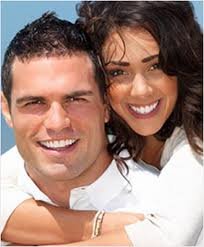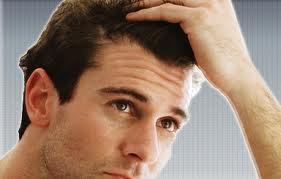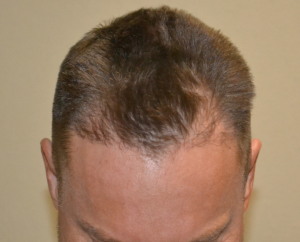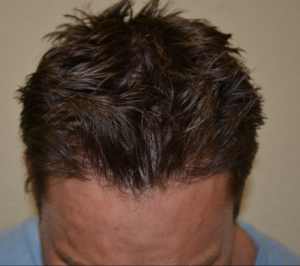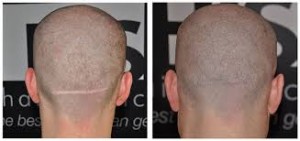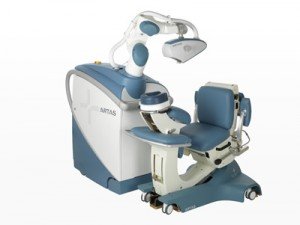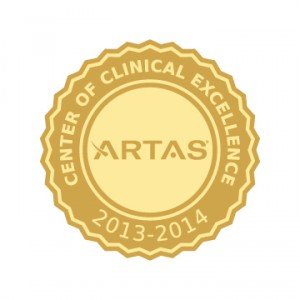Background
Although men do not face the same hormonal changes with aging that women do, the male biological clock still ticks, and over time changes in a man’s appearance can lead to a negative self-image, which can take a toll on mental and physical health. Today, men are turning to cosmetic surgery in an effort to help break the cycle of interaction between appearance and negative self-image. Because of this emerging trend, more male patients will be asking their trusted primary care providers for advice in navigating the potentially treacherous world of cosmetic surgery.
Whether in the public eye or leading a more private life, many men put forth energy, effort, and income to maintain a healthy, youthful appearance. Increasing access to more affordable, innovative, and less invasive forms of cosmetic surgery has resulted in more men turning to cosmetic procedures in an effort to look and feel younger. In fact, the American Society of Plastic Surgeons 2010 Report of Plastic Surgery Statistics indicates that of the 12.6 million plastic surgery procedures conducted annually, over 1.1 million were performed on men — a dramatic increase from the 225,009 procedures performed on men in 2000. Demonstrating their cost-effectiveness in these challenging economic times, minimally invasive procedures, such as botulinum toxin injections (Botox) and fillers, were up more than 9% from the prior year in 2010-2011. The more costly operative procedures that men undergo in large numbers include robotic hair transplants, nose reshaping (rhinoplasty), liposuction, cosmetic eyelid surgery (blepharoplasty), and facelifts, as well as surgery to correct male breast enlargement (mastopexy).
The ideal cosmetic plan maintains a life-stage balance of facial and body appearance that allows one to look their best throughout adult life. At earlier stages in life, avoiding excessive sun exposure, toxins from smoking, and recreational drug use will help to stall the progression of environmentally related aging changes. Later, avoiding significant weight fluctuation minimizes the development of loose or flabby skin. Body issues unrelated to such lifestyle factors as diet and exercise are best addressed once bone and soft tissues have reached maturity. For some, a time may come when surgery is considered for body issues unrelated to lifestyle, and plastic surgery may be the best option to help maintain a healthy self-image.
When selecting a plastic surgeon, patients should be sure to consider expertise and board certification. It is important to do the research and be patient with the selection process, because it can take some time. Patients should consider the procedure carefully and discuss with the surgeon whether a procedure is the right step to help meet their goals; this is an important part of the process because cosmetic surgery is not the answer for everyone. Patients should consult with their physician so that they can ask the correct questions in order to move forward appropriately.
A plastic surgeon will help identify patients whose body image goals and objectives may not be met with an operation alone. Postponing surgery with referral to a nutritionist, exercise trainer, or internist may be the appropriate outcome of the initial consultation. For surgery that is entirely elective, all patients should be close to their ideal health before having an operative procedure. If lifestyle choices and habits are not addressed preoperatively, the results of most cosmetic surgeries will be transient and therefore ultimately not worthwhile.
The following is a guide to help men look and feel their best throughout the lifespan.
Men in Their 30s
A man’s circulating testosterone level begins to decrease after age 30 years, with loss of lean muscle mass averaging 1% a year. Because of this, the most important thing a man can do to keep himself looking youthful is to continue building and maintaining his muscle mass. A regular program of cardiovascular fitness paired with weight training is essential to mitigate the natural aging process of decreased muscle mass. Proper hydration and attention to rest and diet are reflected in a healthier, more youthful appearance.
At this stage, age-maintenance procedures that are less invasive and are cost-effective can deliver results that look far more natural than other, more radical surgical choices. Skin care, sun avoidance, and proper use of sunblock are also crucial at this and every life stage.
Men in Their 40s
The use of botulinum toxin injection (Botox) and fillers has become much more common among men in their 40s and 50s, who are beginning to deal with the loss of facial skin elasticity. Because a man’s face has a more robust blood supply than a woman’s face, surgeons performing any personal enhancement treatments on the face must consider such factors as the depth of skin peeling, energy levels for light base treatments, and frequency of past use of topical medications.
The most common aesthetic procedure for men in this age group involves rejuvenation around the eyes. Blepharoplasty (eyelid surgery), when done well, can help revitalize a man’s face in a discreet manner, without announcing to the world that a cosmetic procedure was performed.
Men in Their 50s and Beyond
Regardless of age, encourage your patients to take a planned, realistic, and conservative approach to achieving their ideal body image. Less favorable cosmetic surgery outcomes among men, such as those seen in Bruce Jenner, Mickey Rourke, and Burt Reynolds, can and should be avoided with the guidance and support of surgeons who demonstrate a clear understanding of what cosmetic surgery options are available, along with knowledge of overarching health concerns.
At the office of Dr. Mark Bishara and The Paragon Plastic Surgery & Med Spa, we provide a wide range of cosmetic procedures to help patients look and feel their best. These procedures are designed to improve the appearance of the face and body through minimally invasive techniques that provide highly effective results. Many of these procedures can be combined in order to achieve your desired appearance. Please call our office to find out more about us at (817) 473-2120 or visit our website at www.MarkBisharaMD.com.


